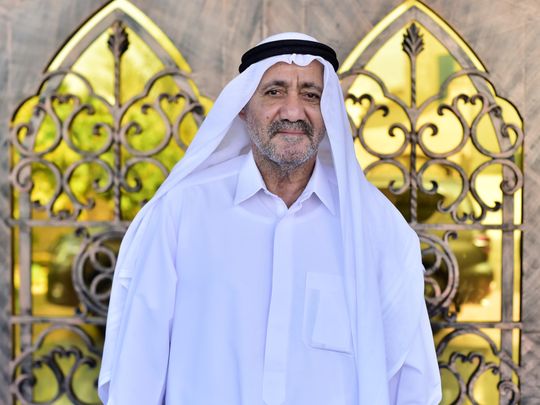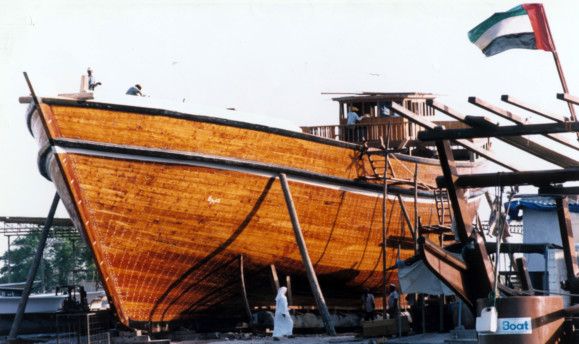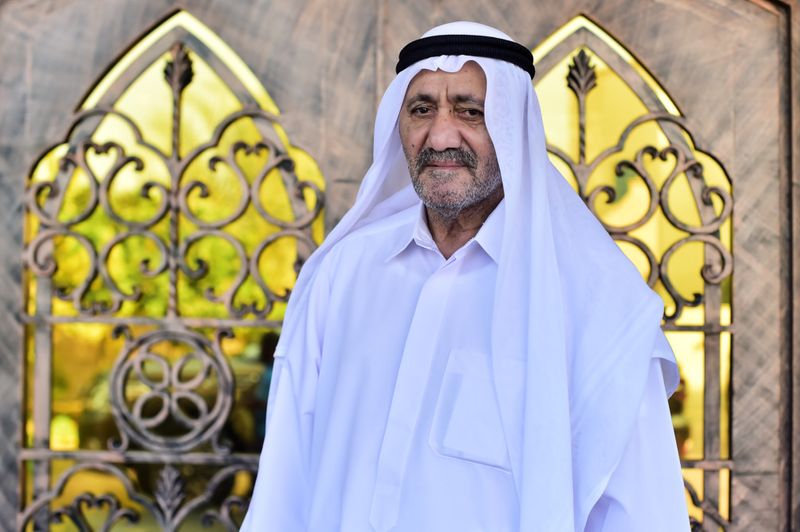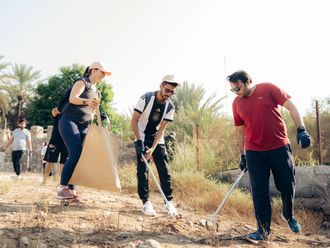
Dubai: Yousuf Darwish Al Darwish may be a current employee with the Ministry of Health and Prevention, but there’s no taking away his skills in building a dhow. Having made his last dhow in 1985, he talks of the great tradition of dhow making which has been an intrinsic part of UAE heritage.
“Our family has been in the business of dhow building for the last 200 years from the time of my great great grandfather. So it was natural for my grandfather, father and me to follow in the footsteps of our ancestors.

Intricate craftsmanship
“The wooden dhow is a symbol of the UAE’s great sea-faring tradition. The intricate craftsmanship and creativity required to design dhows in the early days was a testimony to our ancestors’ artistic skills in conquering the high seas. We constructed dhows measuring 15-50 feet without any formal drawings. But the specifications and calculations were precise and my father had just mastered the art. He had a mental image of the dhow he had to construct and he would direct the labour to get the work done. I learnt a lot under him. When I was a child, we had our first workshop in Souq Murshed at Sikka Al Kabir, Deira. In the sixties we moved to Freej Murar.”
Darwish said the timber in those days would be imported from Kolkata, India. “We used teak and mahogany. Dhows we made served as abra taxis, fishing boats and big hull vessels for pearl diving and trading with other countries in Asia and Africa. The bigger ones had to be rock steady and survive the high seas for months.”
He said, “We always began with the hull of the boat which was the main and longest plank or planks ranging from 30, 60 to 100 feet. This is the spine of the boat and usually the length of the plank could give one an idea of the height and width of the structure to be constructed over it. Once this mainstay was chiseled, hollowed and readied, the ribs were placed on it to keep it broad and other structures as per design added. The number of men working on a dhow would be directly proportionate to the speed of construction. Usually an abra would take three months to complete, while fishing boats six months to a year and pearl diving and trading dhows took anywhere between one-two years to be completed.”

Price range
Darwish said prices of dhows varied according to their size. In the seventies, passenger boats sold for Dh6,000-7,000 while a 35-feet dhow would sell for Dh70,000. The asking price for the big dhows was Dh200,000. The price was determined by the quality of wood, craftsmanship and the size of the dhow.
Darwish said he made his last dhow for his grandchildren to keep the tradition alive.
“I wanted my children and grandchildren to be aware of the tradition of our family and so I kept constructing dhows until 1985. But after the decline of the pearl diving industry and the emergence of fibre glass boats and ships, wooden dhows could not stand a chance. I made one last model for my grandchildren and stored it in our warehouse in Ras Al Khor, but unfortunately it went missing. Today, some wooden dhows are used for traditional boat races and some for abra taxis, but by and large, it is a heritage industry. I am proud my family had a role to play in building our country’s heritage.”












